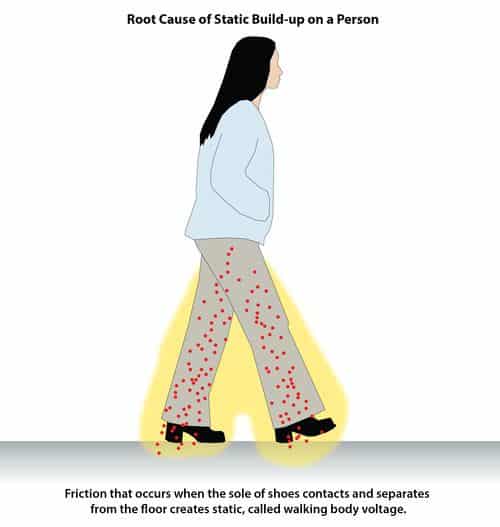Glossary: Low Charge Generation


The term “low charge generation” replaces the older, less descriptive term “antistatic” (or anti-static). Low charge generation is a property that refers to the propensity of a material (or flooring material) to inhibit static charges.
Low charge generation should not be confused with conductivity or grounding. A low charge-generating floor may or may not be electrically groundable. Likewise, a grounded floor may generate enough static to cause a damaging ESD event.
This is why ESD floors should be evaluated for both conductivity (electrical resistance) and charge generation.
Learning Center Articles
- ESD Basics
- Installation & Maintenance
- Selecting & Specifying an ESD Floor
- Technical Information
- 7 Common Mistakes Selecting an ESD floor
- A Guide to ESD Flooring Selection
- Avoid Costly Failures: What You Need to Know When Specifying ESD Flooring
- Choosing ESD Flooring for:
- ESD Footwear: What Is It and When Is It Necessary?
- ESD Footwear for Electronics Manufacturing and Handling Applications
- Facility Managers’ Guide to Selecting ESD Flooring
- The Need for Due Diligence in Specifying Static-Free Flooring
- Standard of Care for Specifying Floors in Mission-Critical Spaces
- Understanding the Hidden Costs of ESD Flooring

StaticWorx high-performance static-control floors protect electronic components, explosives, and high-speed computers from damage caused by static electricity. ESD flooring is part of a system. Choices should always be based on objective, researched evidence. When you partner with us, we look at all possible items that may need to integrate with the floor, and, focusing on your goals and objectives, help you find the right floor for your application.








